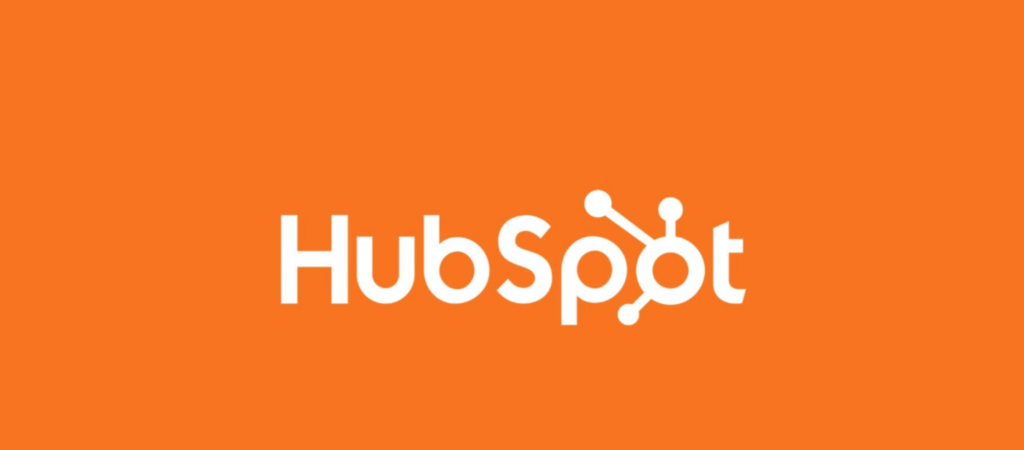In Hubspot there are many free tools you can leverage to organize and reach out to contacts. Today will be exploring basic tools in Hubspot I like to use.
Email Integration Extension
When setting up your HubSpot account, the first tool I set up is the email integration extension. This will connect your email inbox with HubSpot CRM and allows you to send emails to contacts from the CRM. If a contact responds to your email that response email is automatically uploaded into HubSpot. This feature will save you time since you will need to do less administrative work and focus more of your time on reaching out to contacts. The added benefit of email integration is that you can see how contacts interact with the content of your email. You can see recent opens of emails sent to contacts including the induvial amounts of opens along with the times those opens were made. When sending out your emails you may also choose to include articles or links to other web pages. If a contact clicks one of these links HubSpot will also show how many times a contact interacted with your link. Setting up email templates is a way to create a customizable message that you can use to send to contacts. Once you create this message you can save it in HubSpot so the same message can be used to send to contacts without you having to write out the email message each time. To learn more how set up HubSpot consider this article.
Task Queue
When conducting outreach and follow ups to contacts the goal is to gauge their level of interest and see if they would be interested in a sales meeting to learn more about the product we are proposing. Any prospect that expresses interest in a sales meeting has normally been qualified from a prospect to a sales opportunity and moved into the sales deal pipeline. Follow up tasks and duties to these contacts can be of higher priority than your general follow ups since these contacts are steps closer to making purchasing decisions. To keep track of all deals I’m working on I like to keep these tasks separate from the general list of tasks, to do this I like to create queue tabs for deals. To create a queue and assign tasks to a queue consider this article. There are times when you have communication with a contact and they may request you resend them some information about the product you are proposing, They may request a period of time to review that information and have you follow up with them. In this situation, they may not meet the criteria to qualify for a deal however they are a contact you want to follow up with. For contacts such as this I like to create a separate queue for these tasks which I label “special interest”.
Create Your Own Free Sequence
One free tool you should look to leverage is HubSpot’s email marketing function. With this tool, HubSpot allows you to send emails up to 2000 contacts per month. HubSpot allows you to create a your own email message to send to these contacts and allows you to review the overall performance of the emails. HubSpot provides the performance metrics in a dashboard summary screen of key metrics regarding your email such as open rates, bounce rates, replies and more. One tactic I like to use is to evaluate the results and focus on any contacts that have made a specific number of opens, clicked a link or directly replied. Targeting these prospects with more direct follow ups through phone calls should be more of a priority for you as they could be of a higher chance to convert into a qualified lead. For example, a prospect with at least 3 or more email opens should be targeted with more direct follow ups by phone before you conduct your general follow ups. Any prospect that has a click through with your emails should also be targeted for direct follow ups, the main difference is even 1 click should be enough for you to follow up with that prospect. For more information on email marketing consider this article.
Customize Hubspot for Your Business
Once you have your contacts and email templates set up in HubSpot you will begin your outreach to contacts. Eventually, you will interact with a contact that is interested in learning more about the product you are selling, at that point that contact is considered a deal or an opportunity. The goal of the deal stage in HubSpot is to organize these contacts through the stages of the sales process to eventually close. In Hubspot this is called the deal stages, there are default stages set for you once you create your account however you can customize these steps to match your sales process. The deal stage in HubSpot allows you to visually show which deals are progressing through your sales process and allows you to identify which deals are in lower stages. You can customize the names of the deal stages in HubSpot along with adding a probability ratio of that deal closing in each respective stage. The purpose of this allows for better forecasting data. For more information consider this article.
Remember all the tools listed are available through the free version of HubSpot. If you need help regarding other tools you can reach out to me.

